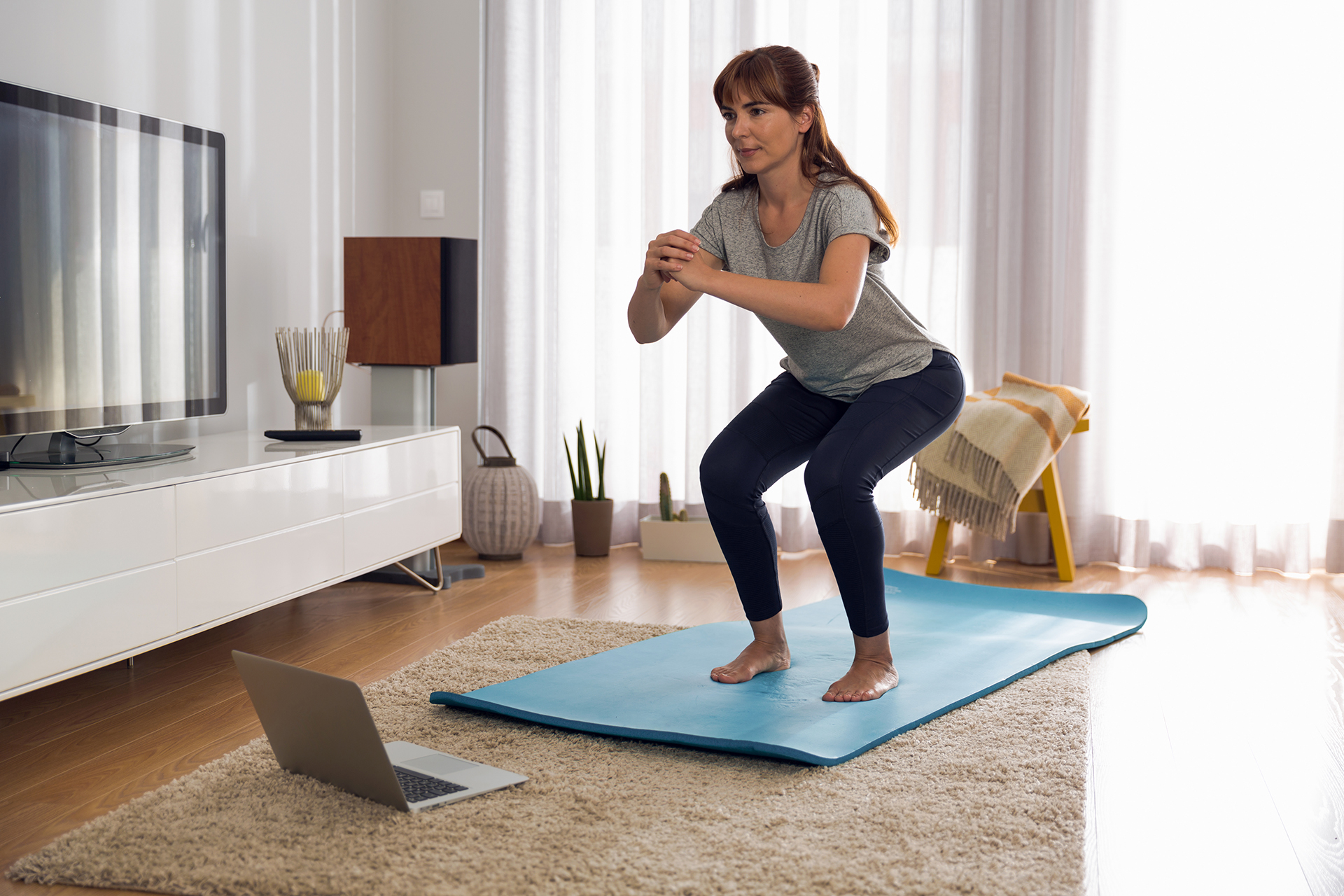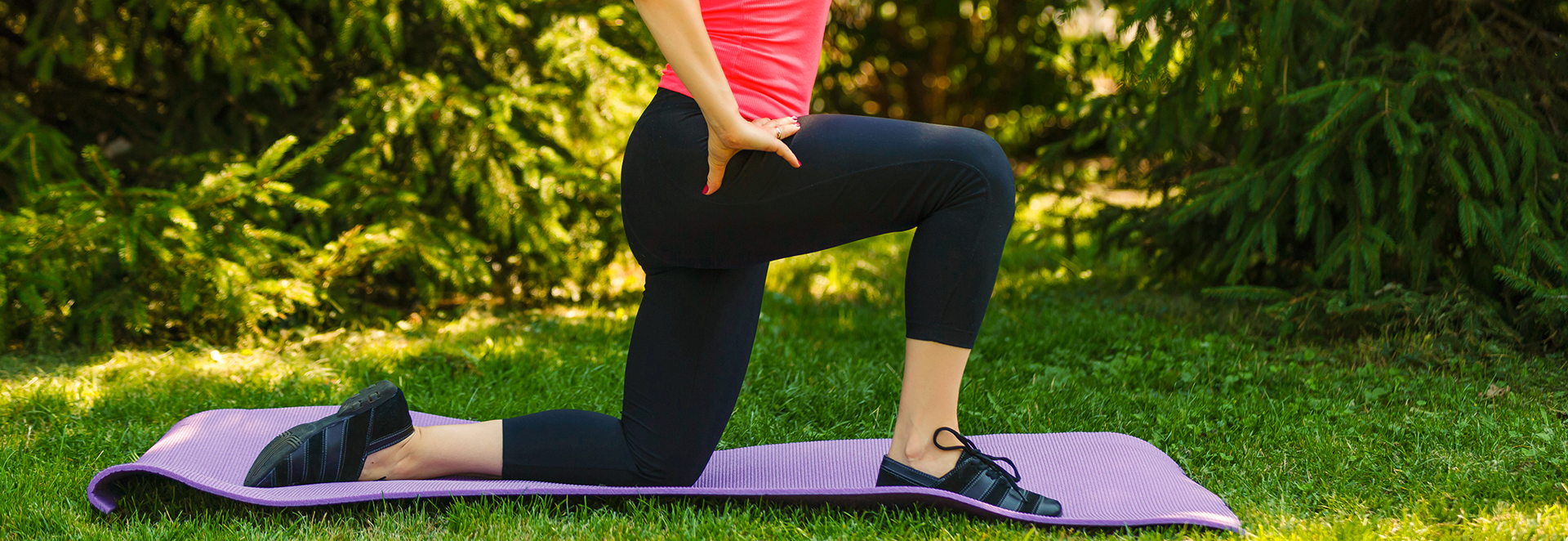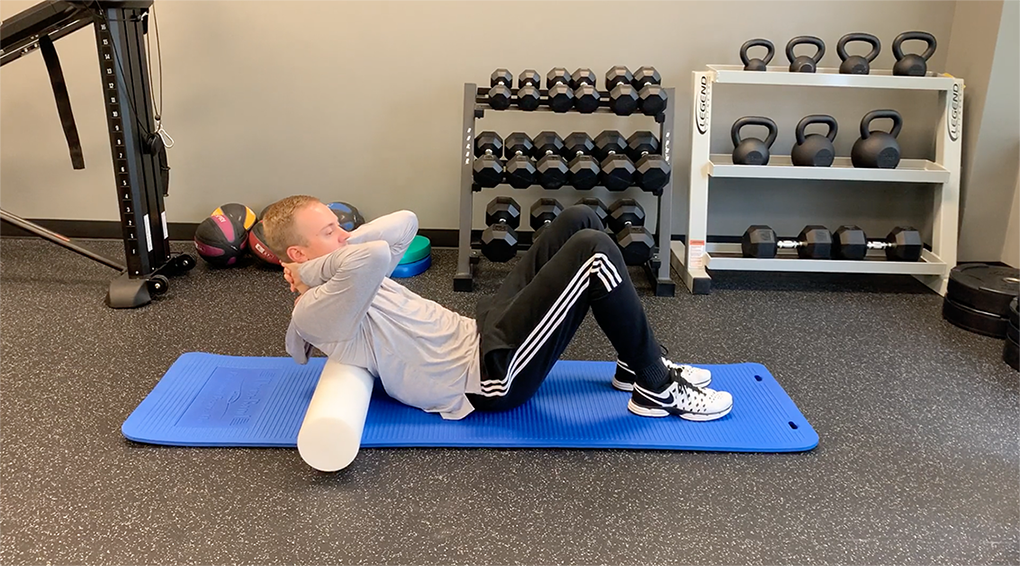


Thank you for your request.
We are available in this state
The spread of COVID-19 upended the status quo for the working world earlier this year, thrusting more people than ever into a telecommuting situation. While the idea of working at home may have been a foreign concept for some people, the reality is that remote work has been increasing steadily in recent years. In fact, one study found that the number of people working remotely increased some 44% over the last five years.
Whether you’re new to the telecommuting scene or you’re a savvy work-from-home veteran, you’ve probably learned by now that working while you lounge across your bed or couch is not conducive to productivity. It’s also not doing your body any favors, especially your neck and back, which can become strained and sore due to poor ergonomics. If working from home is hurting your neck and back, check out this quick tip from our own [clinician name], who provides one simple exercise that may be able to alleviate some of that discomfort.
For this exercise, you’ll need a foam roller. This cylinder-shaped apparatus is made of dense foam and comes in various levels of firmness. A high-density round foam roller that is longer than the width of your body is best for this particular exercise.
To start, lay on your back and begin with the foam roller placed between your shoulder blades, your knees bent and your hands behind your neck with your fingers clasped together for support.
Inhale deeply, exhale and slowly begin to lean backward, letting gravity bend your body over the foam roller. Once you reach a position that feels like a satisfying stretch, hold it for about three seconds. Return to the starting position and repeat until you’ve completed 10 reps.
Try to resist the urge to force your body over the foam roller. Instead, let gravity slowly sink your body where it needs to go to feel a gentle stretch in the upper portion of the back. You should try to perform this move at least once or twice a day as your work allows—your back will thank you!
You can always move the foam roller up toward your neck to address a different part of the back or even the neck. However, you should avoid conducting this exercise with the foam roller positioned on your lower back as it may cause undue stress to your neck and back muscles.
Be sure to check the blog often for more tips from Alex Bolin, PT and the other knowledgeable providers at Agile Virtual Care.
If you notice that the exercises and stretches you’re doing on your own simply aren’t helping with the pain or discomfort you’re experiencing, we want to hear from you.
With the help of technology, we have modernized and advanced physical therapy practices that have been helping patients recover from strains, sprains, pulls and tears for more than a century.
Schedule your appointment with an Agile Virtual Care provider today.

Three Ways Physical Therapy Can Help Chronic Neck Pain

3 Gentle Exercises for Knee Pain

Tips for Perfecting the Hip Flexor Stretch to Relieve Nagging Hip Pain

Working from home hurting your neck or back? This one move might be able to help